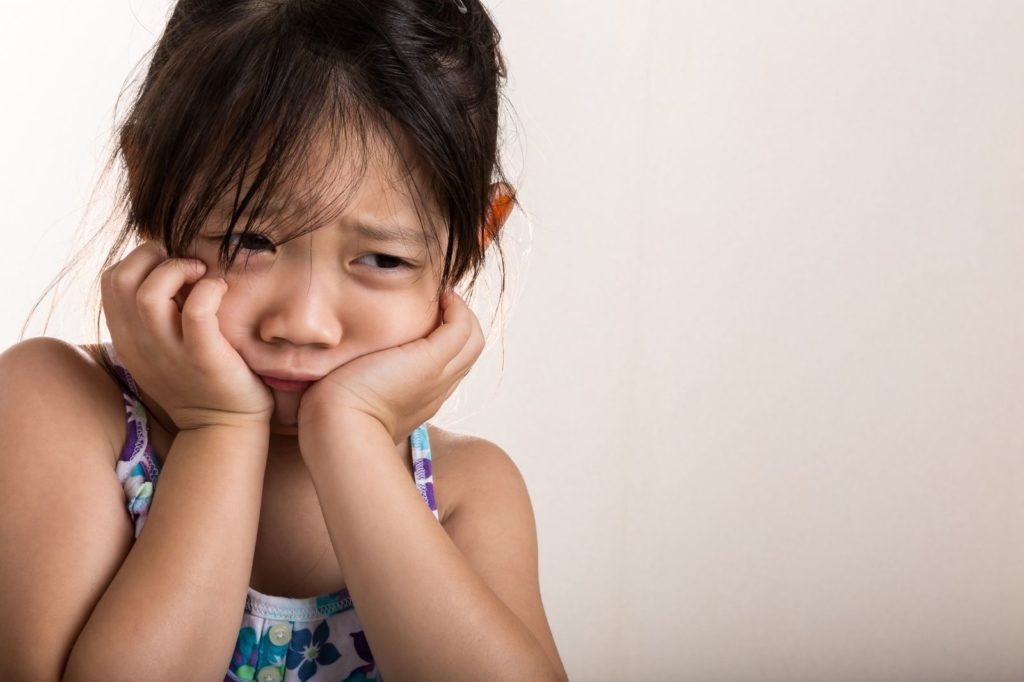NOTE: If you know someone in crisis, call the National Suicide Prevention Lifeline (NSPL) at 1–800–273–TALK (8255), 24 hours a day, 7 days a week. The service is available to everyone. The deaf and hard of hearing can contact the Lifeline via TTY at 1–800–799–4889. All calls are confidential. Contact social media outlets directly if you are concerned about a family member’s or friend’s social media updates or dial 911 in an emergency. Learn more on the NSPL’s website. The Crisis Text Line is another resource available 24 hours a day, 7 days a week: Text “HOME” to 741741 in the U.S.
In 2017, the controversial Netflix series “13 Reasons Why” created a social media firestorm with its depiction of a tragic teen suicide by 17-year-old Hannah and the aftermath at the girl’s high school. Many mental-health advocates decried the show’s portrayal of suicide as irresponsible if not downright dangerous. In the month after the show first aired, there was a 28.9% increase in teen deaths by suicide, according to the National Institute of Mental Health.
As both a parent and an educator, one of the things that stood out to me most about “13 Reasons Why” was the lack of “hard conversations” about suicide both before Hannah’s death and afterwards. Whether or not you are comfortable talking to your child about suicide, by middle school, most if not all children have heard a family member or friend talk about suicide, and all teens have been exposed to media that presents suicide in harmful ways.
It’s a harsh reality that suicide rates for young people (and all age groups) are on the rise. Suicide is now the second leading cause of death after accidents for young people ages 10–24, according to the American Foundation for Suicide Prevention. These tragedies are blamed on everything from bullying to social media, and a peer’s death by suicide can affect your child, even if they weren’t close friends.
It’s natural for parents to worry that talking about suicide with their children could lead to further deaths, an idea known as suicide contagion. But avoiding the subject — and failing to create a safe space where your child can grieve — can actually create more harm. To end teen suicide, adults must step up, be brave, and have hard conversations.
Talking About Suicide the “Right Way” Does Not Increase Risk
While we may be afraid to talk about suicide when a death occurs, talking to your child about suicide does not increase the risk — if it’s done right. In a 2014 review of existing literature on suicidal ideation, researchers found that there was no link between asking about suicidal thoughts and risk of suicide completion. Instead, talking about suicide actually leads to improvements in mental health, according to a review in the journal “Psychological Medicine.”
Shannon Decker, co-founder and executive director of The Speedy Foundation and a former classroom teacher, works with schools to train educators and provide resources. “The simple fact is that suicide rates in youth are climbing and is even the leading cause of death for young people in some states,” Decker said. “If we don’t experience a loss due to suicide at school, there will be loss in the community, and students will encounter suicide as they continue down their post K–12 lives.”
Decker speaks from experience. She lost her cousin, the Olympic medal-winning skier Jeret “Speedy” Peterson, to suicide in 2011.
“Following the loss of a [child] to suicide, I often hear from parents or students that the school shuts down all communication,” Decker said. “There is fear of contagion. Yet, by not allowing [children] to grieve a suicide the same way they might grieve the loss of a peer to cancer or a car accident, we are building stigma and encouraging contagion to take place. It’s time to put an end to leading by fear.”
Best Practices for Talking to Your Child About Suicide
While none of us ever wants to be in the difficult situation of discussing a peer’s death with our child, we need to prepare for these hard conversations.
Here are some words to avoid when discussing suicide with your child, according to the Healthline Editorial Team:
- “Selfish.” Suicide is not selfish. According to Thomas Joiner, a highly-respected suicidologist, most people who attempt suicide instead feel that they are a burden to others and experience loneliness and isolation.
- “Weak.” People who live with mental illness are not weak. They are often incredibly strong. By the same token, we shouldn’t express ideas that “life always gets better” (it doesn’t) or that “mental illness is a superpower” (it isn’t).
- “A choice.” In thinking about mental illness, which is often associated with suicide, experts often mention the word “capacity.” This is the concept that mental illness can sometimes rob a person of the ability to make informed choices. While suicide may seem like a choice to outsiders, in many, if not most cases, a person attempting suicide does not want to die; they want to escape overwhelming pain.
- “A sin.” In some religious traditions, suicide has been treated as a sin instead of the tragic terminal result of an illness. This type of language is not helpful in preventing suicide and actually may increase stigma.










